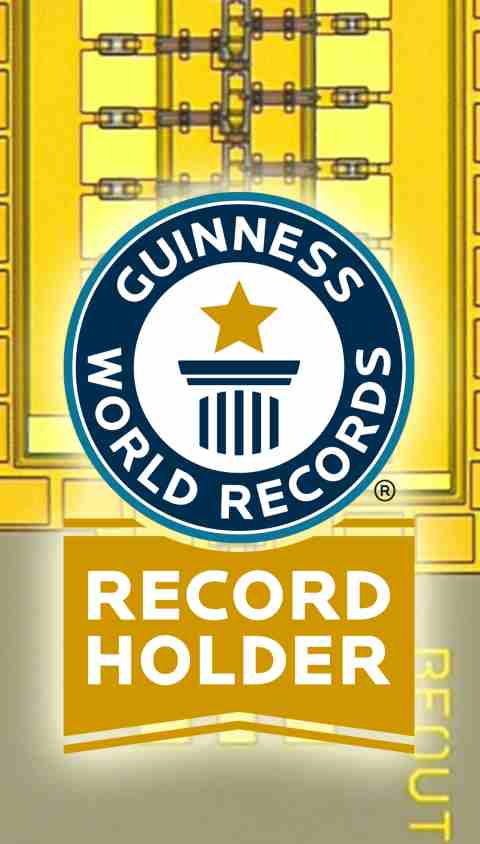In 2012, the Guinness World Record for the fastest circuit was awarded to the 850 GHz Vacuum Amplifier. Northrop Grumman Electronic Systems have taken things a step further and have replaced the world record with a 1.012 THz solid-state amplifier IC.
In the current state of electronics, everything has been restricted to the 300GHz frequency, keeping the Terahertz area of the spectrum unreachable. This restriction is mainly due to the inability of current transistor technology to handle operation in the sub-millimeter band of the electromagnetic spectrum.
Frequency Changers Bridging the Gap
Currently, engineers resort to using frequency changers in order to operate at high frequencies. Frequency changers are used to transform an existing alternating current signal in one frequency to an alternating current in another frequency. These types of devices used to be mechanical, and were called motor-generator sets.
However, as the solid-state technology slowly evolved, frequency conversion was eventually made possible to operate purely with electronic devices. This entails using a rectifier on the input AC signal, then feeding it to an inverter, built with power transistors, in order to generate an AC signal with a desired frequency.
This technology is also applied to radio frequency signals, especially in Superheterodynes or Superhets. The Superhet, developed during the World War, is a device that converts the standard radio carrier frequency signal to an intermediate frequency (IF) signal, which is easier to process. Superhets are found in pretty much all radios today.
This approach is a method to bridge the Terahertz gap, but performance suffers in low Signal-to-Noise ratio (SNR) due to the low gains of existing solid-state devices at those frequencies.
Terahertz Monolithic IC Bridging the Gap
one trillion cycles per second, while also being able to demonstrate high gains in the Terahertz spectrum…10dB gain at 1.012THz and a 9dB gain at 1.03THz
Northrop Grumman has developed the Terahertz Monolithic IC (TMIC) which brings the state of electronics to a whole new level. TMIC is a world record-breaking solid-state amplifier technology that is able to operate at one trillion cycles per second, while also being able to demonstrate high gains in the Terahertz spectrum. Their results show an incredible 10dB gain at 1.012THz and a 9dB gain at 1.03THz. For reference, our current smartphone technology operates at only 1 to 2GHz, and wireless networks operate at 5.7GHz.
it could pave the way for amazing applications such as “high-resolution security imaging systems
This technology makes way for enhancing radio circuits to operate in the Terahertz frequencies. Furthermore, according to Dev Palmer, the DARPA program manager, it could pave the way for amazing applications such as “high-resolution security imaging systems, improved collision-avoidance radar, communications networks with many times the capacity of current systems and spectrometers that could detect potentially dangerous chemicals and explosives with much greater sensitivity.”
The TMIC is a product of the success of the HiFIVE, SWIFT, and TFAST programs that DARPA has invested in — all of which were aiming for the main goal of breaking into the Terahertz technology.


Leave a Reply